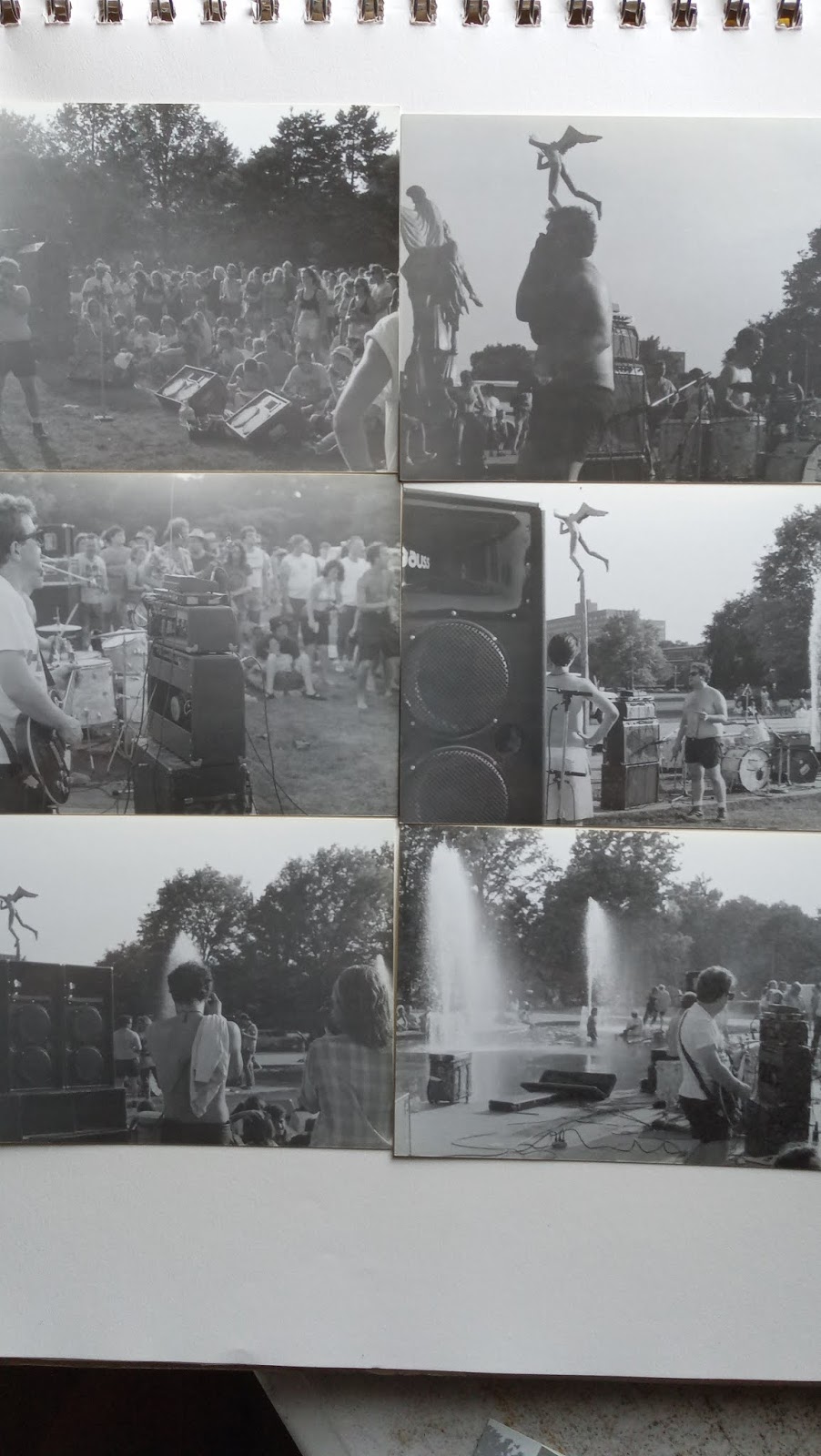
OMGs composed of African American or mixed race members are less extreme in their entrepreneurialism and organization compared to OMGs composed of white members, and do not use the Internet as much as white OMGs do. Many outlaw bikers are racists, and there are strong links between the respective cultures of outlaw bikers and white supremacists.īlack OMGs exist, but these groups operate within a different milieu and have their own symbols and values. Furthermore, OMGs are almost entirely white in the U.S., with the exception of the largely Chicano Mongols MC. Satellite clubs provide an expendable criminal labor force for the larger clubs and serve as proving grounds for men who want to join large international clubs. While many regional clubs have surrendered their “1%” logos, these clubs retain the aggressiveness, impulsivity, and intense personal loyalties that typify the culture of the outlaw biker. Interclub affiliations may reflect a temporary alliance (primarily among large clubs) or a partial surrender of a small local club to a larger international club. The larger one-percenter clubs (e.g., Hells Angels MC, Mongols MC, etc.) are at the top of the criminal hierarchy in the world of the outlaw biker and determine much of its dynamics.
#Sin city disciples Patch#
5 The American Motorcycle Association stated: “99% of the motorcycling public are law-abiding there are 1% who are not.” Thus, the “1%” patch ( Figure 1) is worn only by clubs immersed in criminality and large enough to defend the claim to be the “baddest of the bad” against all. The term “one-percenter” originated from a statement made by the American Motorcycle Association in response to a motorcycle rally held in 1947 in Hollister, California, that turned violent. Outlaw bikers refer to their organizations as “one-percenter” motorcycle clubs (MC) rather than gangs. These gangs have expertise in sophisticated weapons and possess an intricate intelligence network. OMGs present a challenge to ED personnel in that they are well organized and thus able to mobilize their members quickly to assist an injured comrade, and are often impulsive and heavily armed. The authors aim to elucidate certain aspects of the culture of OMGs so that ED personnel can better understand the mentality of the outlaw biker. ED personnel may encounter members of these groups. 3 Outlaw motorcycle gangs (OMGs) are an iconic element of the criminal landscape in the United States, the country of their origin. The Gang Threat Assessment published by the National Gang Intelligence Center in November 2011 indicates that there are an estimated 1.4 million active street, prison, and outlaw motorcycle gang members in more than 33,000 gangs operating in all 50 American states, the District of Columbia, and Puerto Rico.

1, 2 The arrival of an injured gang member should cause ED personnel to become more vigilant for violent outbursts. The emergency department (ED) is at particularly high risk for violence against healthcare workers. We present the observations of 1 author who has conducted ethnographic research on outlaw bikers since the 1980s. We used standard search engines to obtain reports from law enforcement agencies and studies in academic journals on OMGs. Knowledge of their symbols, values, and hierarchy can be crucial to maintaining order in the ED when an injured outlaw biker presents to the ED. The objective of this manuscript is to discuss various aspects of the culture of OMGs so that ED personnel may better understand the mentality of the outlaw biker. The extant literature for ED personnel lacks an overview of the culture of OMGs, a culture that promotes the display of unique symbols and that holds certain paraphernalia as integral to an outlaw biker’s identity and pride.

When one member of an OMG is injured, other members and associates are likely to arrive in the ED to support the injured member.

Members of OMGs may present to the emergency department (ED) as a result of motor vehicle accidents or interpersonal violence. Outlaw motorcycle gangs (OMGs) are an iconic element of the criminal landscape in the United States, the country of their origin.


 0 kommentar(er)
0 kommentar(er)
